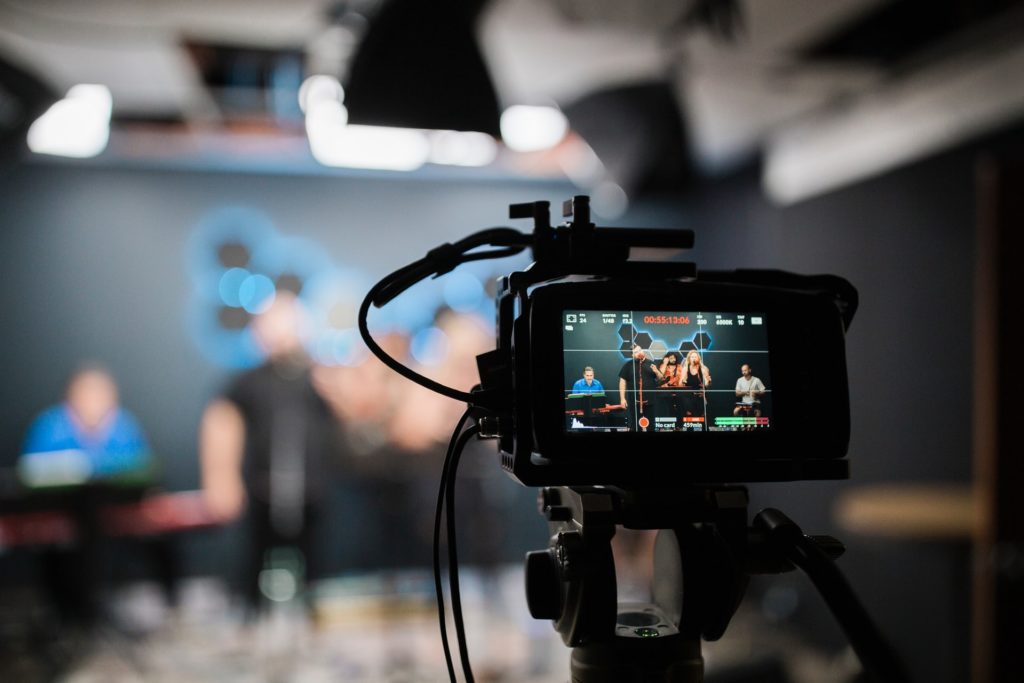In the digital age, livestreaming is no longer a domain dominated by vloggers and influencers; various companies, both big and small, are now seeing the value of having a mini-TV show on the internet, where they can show off their products or services (or, sometimes, both) in a way that it reaches the maximum number of eyeballs for a small investment. While it was a bit of a niche activity pre-COVID, it’s now one of those pandemic marketing opportunities that we can all learn from.
But while livestreaming, the tech behind it and the digital culture that makes it effective, is second nature to millennials and Gen-Z, many Gen-X and Boomer marketing heads might be confused as to how this darn internet TV thing might work. If your boss is the latter, follow these guidelines so you can avoid livestream fails and have hard numbers and data to show them of its efficacy.
Avoid Livestream Fails: Treat it as a Brand, Not a Marketing Tool
While livestreaming should be seen as a marketing tool, it’s also important to treat your company’s livestreams as a product or service, depending on how you’re leveraging the livestream itself. This means that you need to promote your livestream as much as you would any other product or service.
Cross-promote your livestream with your other marketing efforts and treat it as a separate product/service. In this way, you’ll be able to craft your livestream as a brand in and of itself, with its own social media campaigns, influencers, and eventually, even its own branding.
This is an important evolution of your livestream because it allows you to market your company’s products and services more effectively without turning it into a hard sell. Again, livestreams are marketing tools per se, but that doesn’t mean that you should treat them that way. It’s not a flyer you give out on the street; it’s more of a separate stall in the farmers market that demonstrates your product or service. To put it even simpler: it’s one of the best ways to increase the customer experience.
Remember: the point of a livestream is customer engagement, which means you need to make it interesting and accessible enough for it to generate not just views, but actual fans who can help you market your company’s main products via word-of-mouth.
Avoid Livestream Fails: Know Your Topic Through-and-Through
Whether you’re livestreaming your company’s products, services, or both, you need to be subject-matter experts. This means you need to be able to answer key questions about your product/service’s intended purposes, why it’s better than the competition, what benefits customers get, what pain points are addressed, and everything else in between. Go back to Marketing 101, basically.
This expertise needs to be communicated to your third-party presenters/influencers as well: we’ve seen livestreams fail because the presenter/influencer wasn’t fully briefed on the product or service that they’ll be selling, leading to unsatisfactory answers when questioned by viewers. In the digital age, there’s nothing worse to a company’s public image than being seen as selling products purely for profit.
Remember that livestreams are live: people will be watching while it’s happening and one of the best ways to have people engaged is to leave the comments section open. Expect hard questions from your viewers and have answers ready. Of course, you don’t have to answer all the questions: the beauty of the internet is that people are cognizant of trolls, which means no one will take it against you if you don’t engage with an anonymous viewer who’s asking irrelevant and, quite often, dumb questions.
Avoid Livestream Fails: Choose the Right Platform(s)

Depending on what the purpose of your livestream is, what industry your company is in, your customer base, and the type of livestream you want to show, you need to choose the right type of platform. Your first order of business will be deciding on where you’ll be livestreaming: is it going to be a Facebook livestream? Will you be going live on Instagram? Is it a Twitter live? Are you on Twitch? Will it be a YouTube exclusive? Are you going to hit the “whoa” on your Tik-Tok while marketing your product?
Coordinate closely with your marketing team to figure out the answer to these questions. Remember: you want to livestream where the majority of your market exists, so if you’re heavily focused on your Facebook page, then stream it there. If you’re an IG-based company, then go on IG live. Most importantly, make sure your stream creates a great customer experience in the end.
However, this doesn’t mean that you just have to stick to one platform: it’s never a bad idea to cross-promote and multistream to different destinations whenever possible. Sure, 90% of your customers might be on IG, but what about the 10% who are on Facebook? What about the people who prefer watching livestreams on their laptops as opposed to their smartphone? Always cross-promote and, whenever you can, stream to different platforms at the same time.
Avoid Livestream Fails: Choose the Right Equipment
In the digital age (as it was in the pre-digital age), content is King: you can have all the bells and whistles and the most professional of production values, but if your content is lacking, uninteresting, or worst of all, boring, then you might as well have just invested all the resources you poured into your livestream into cryptocurrency.
That being said, great content is maximized when it’s delivered in the best way possible. You don’t need to go high-def, but streaming at 360p isn’t going to entice any viewers to your stream. You don’t need graphics and sound effects, but dead air is going to make your livestream feel awkward and lacking. You don’t need to spend thousands of dollars into production of your stream, but it will benefit you into making it look professional.
If your livestream is going to be demonstrating your products or services, invest in a mid-ranged camera that can capture every nuance of your product. If it’s a talk show involving different influencers, invest in great audio and a relatively fast Wi-Fi router. Remember: the best livestream equipment is the one that’s most relevant to the kind of livestream you want to show.
Avoiding livestream fails doesn’t have to be the end of your company; however, it won’t do you well to be the laughingstock of the internet. Sure, you could probably recover from an embarrassing or awkward livestream with the right spin but avoiding it entirely might just be better for you (and your budget). Livestreams are one of the best ways to earn customer trust and loyalty in the digital age because it allows customers to see the human side of your company and convinces them that you are, in fact, hip with the kids.



